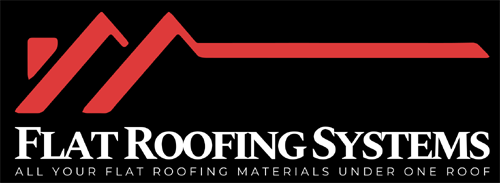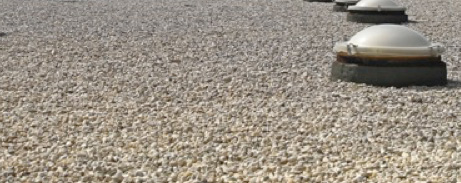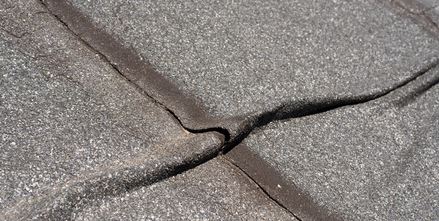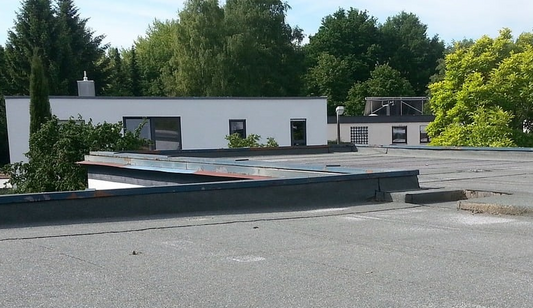You'll need to comply with BS EN 13956:2012 as the primary British standard for PVC single ply roofing membranes, which sets requirements for flexible waterproofing sheets including performance criteria and testing methods. Fire safety compliance requires adherence to BS 476 and BS 13501 standards, while Building Regulations Approved Document L governs energy efficiency requirements. You'll also want to follow SPRA Design Guide standards and BS 6229:2018 for proper installation techniques. Understanding these thorough requirements will guarantee your project meets all regulatory obligations.
Key Points
- BS EN 13956:2012 establishes fundamental requirements for PVC roofing membranes including performance criteria and testing methods.
- BS 476 and BS 13501 provide fire performance testing methods and classification procedures for PVC membrane fire resistance.
- BS 6229:2018 covers flat roof design standards and is referenced in SPRA Design Guide for PVC installations.
- Building Regulations Approved Document L sets energy efficiency standards requiring PVC membranes to achieve specified U-values.
- ISO 9001 quality management standards ensure consistent production and compliance with regulatory requirements for PVC membranes.
BS EN 13956:2012 Requirements for Flexible Waterproofing Sheets
When you're selecting PVC roofing membranes for your project, BS EN 13956:2012 sets the fundamental requirements that guarantee these flexible waterproofing sheets will perform reliably over time.
This standard establishes specific performance criteria for durability and waterproofing that your PVC membranes must meet.
You'll find the standard outlines critical testing methods for water penetration resistance, dimensional stability, and tear resistance - all essential for maintaining roofing systems integrity.
It specifies minimum material requirements including thickness, mechanical properties, and environmental resistance factors to ascertain long-lasting performance.
For your project's success, verify your chosen membranes comply with BS EN 13956:2012.
This compliance provides assurance that the products meet regulatory requirements while contributing to your building's overall safety and efficiency.
Fire Performance Standards Under BS 476 and BS 13501
Beyond meeting basic waterproofing requirements, your PVC roofing membranes must also demonstrate adequate fire performance through compliance with BS 476 and BS 13501 standards.
BS 476 provides essential testing methods for evaluating the fire performance of construction materials, including roofing membranes, ensuring they meet safety standards. Meanwhile, BS 13501 establishes classification procedures for fire resistance, specifically referencing the BroofT4 test method for roofing systems.
Your PVC single ply membranes must meet BS 13501 criteria to receive appropriate fire safety classifications for building applications.
Compliance with both standards is vital for regulatory approval and adequate fire resistance. The BS 13501 classification system helps you select materials that fulfill fire safety regulations for different building types, ensuring your roofing system meets required performance standards.
Quality Management Compliance With ISO 9001
Although fire performance standards guarantee safety compliance, your PVC roofing membrane manufacturer's adherence to ISO 9001 quality management systems proves equally critical for long-term project success.
ISO 9001 certification demonstrates that production facilities consistently deliver single ply membranes meeting customer and regulatory requirements through documented processes and continuous improvement protocols.
When selecting manufacturers, you'll benefit from ISO 9001 compliance because it guarantees rigorous process control throughout membrane production. Certified facilities must maintain thorough documentation, conduct regular internal audits, and demonstrate measurable quality improvements.
This systematic approach reduces manufacturing defects, minimizes waste, and enhances operational efficiency.
Your roofing projects gain reliability when manufacturers implement ISO 9001 quality management standards, as these requirements create accountability frameworks that consistently produce high-performance PVC membranes meeting specified technical standards.
Building Regulations and Approved Document L Energy Efficiency Standards
Your PVC roofing membrane's compliance with quality management systems directly impacts its ability to meet building regulations under Approved Document L, which sets mandatory energy efficiency standards for all construction projects.
You must guarantee your PVC single ply membranes achieve specified minimum U-values for thermal insulation to reduce energy consumption effectively. These regulations require you to evaluate the entire building envelope, preventing heat loss through proper installation and airtightness measures.
You're obligated to comply with Approved Document L for new builds and significant refurbishments, making your roofing solution essential for meeting energy efficiency targets.
You'll need to stay updated on regular amendments reflecting advancing building technologies and materials affecting PVC roofing standards.
SPRA Design Guide Standards for PVC Membrane Installation
Professional installation standards established by the Single Ply Roofing Association (SPRA) Design Guide provide vital frameworks for achieving peak performance from PVC membrane systems.
You'll find extensive standards that guarantee compliance with performance and safety requirements for PVC single ply roofing installations.
The SPRA Design Guide emphasizes strict adherence to British Standards BS:6229:2018 for flat roof design, covering thermal performance and upstand heights.
You must follow prescribed installation techniques including proper welding procedures, precise detailing methods, and adequate drainage systems to maximize long-term performance.
Material compatibility remains essential when integrating PVC membranes with other waterproofing systems.
The guide specifies separation details you need to implement.
Quality assurance during installation prevents potential longevity and effectiveness issues, making professional oversight imperative for successful PVC membrane roofing projects.
Rounding Up
You'll need to make sure your PVC single ply roofing membrane meets BS EN 13956:2012 for waterproofing requirements and fire performance standards under BS 476 and BS 13501. Don't forget you're also required to comply with ISO 9001 quality management systems and Building Regulations Approved Document L for energy efficiency. You should follow SPRA Design Guide standards during installation to guarantee your membrane performs correctly and meets all current British regulatory requirements.




